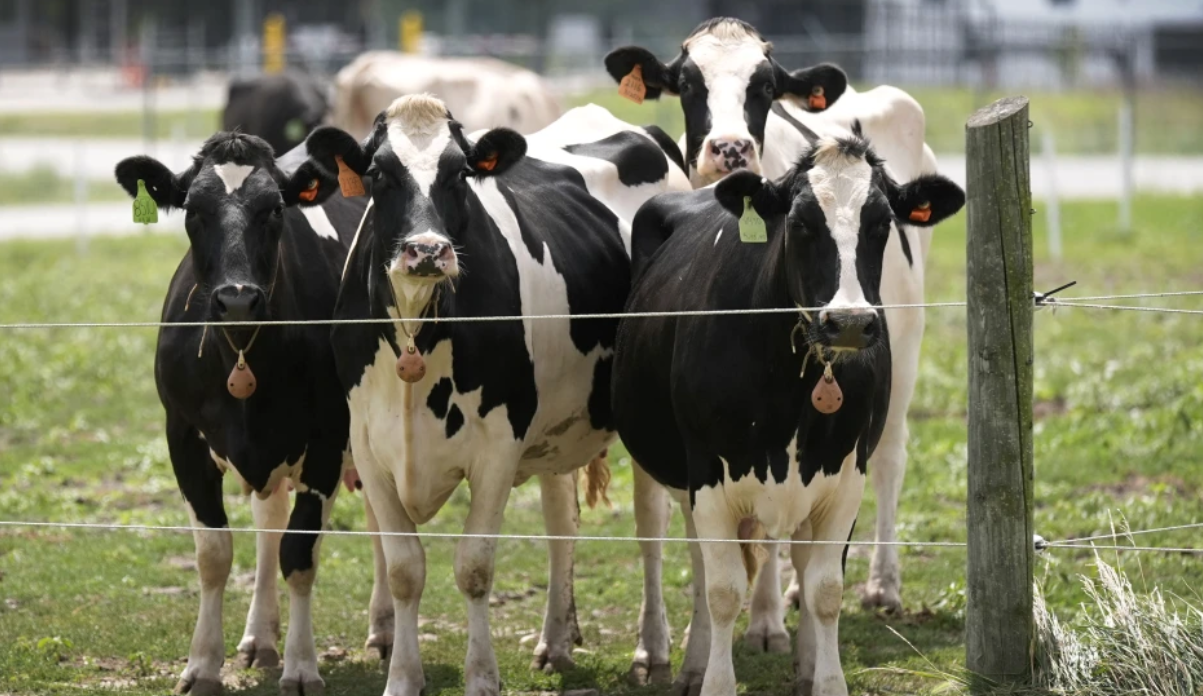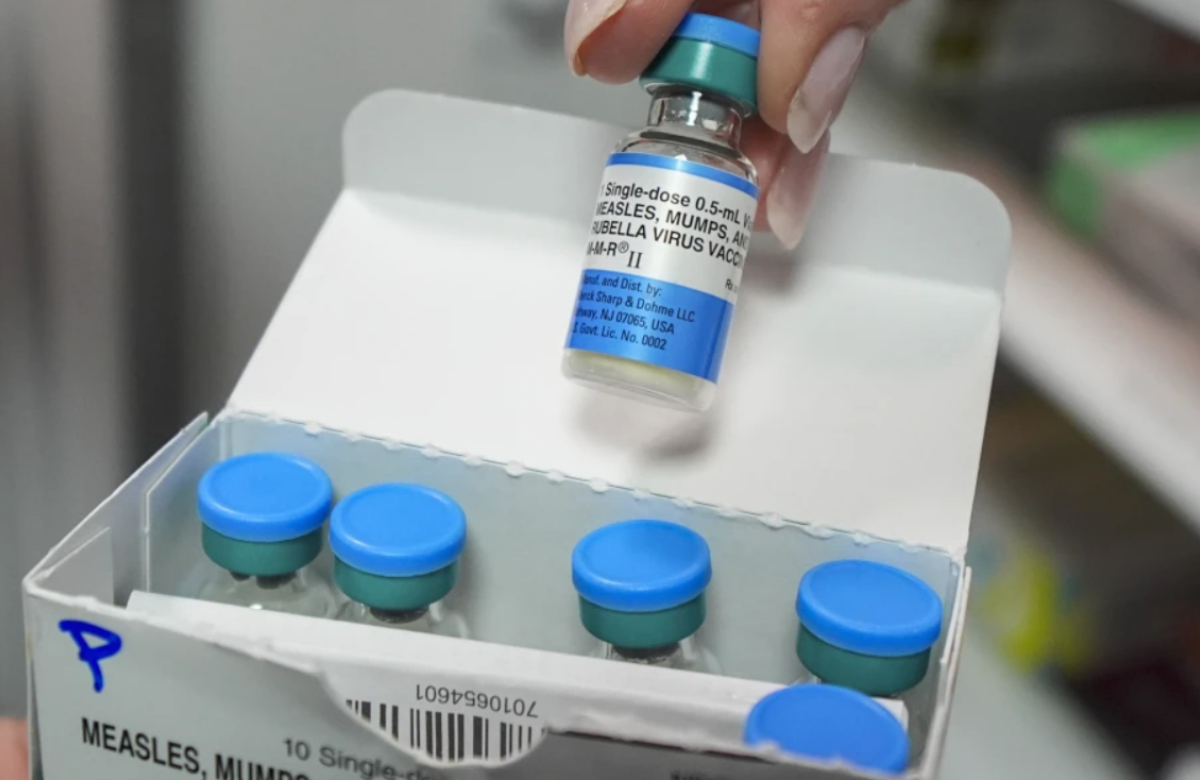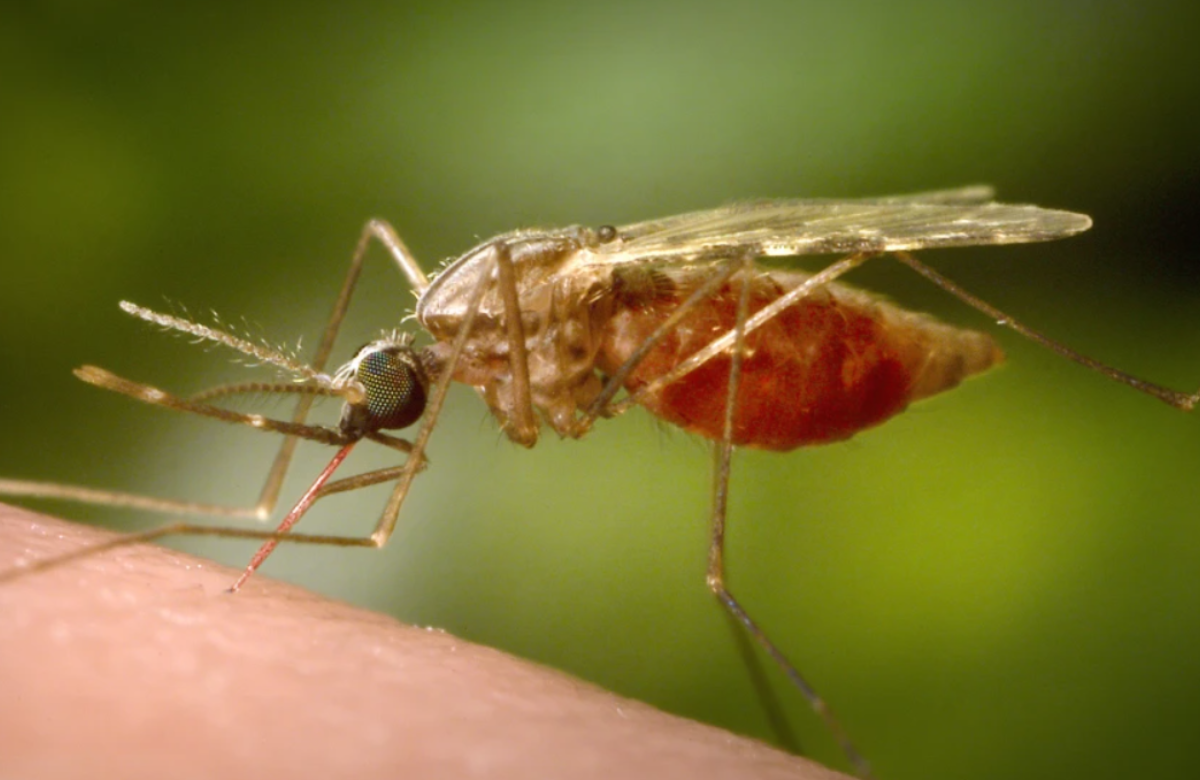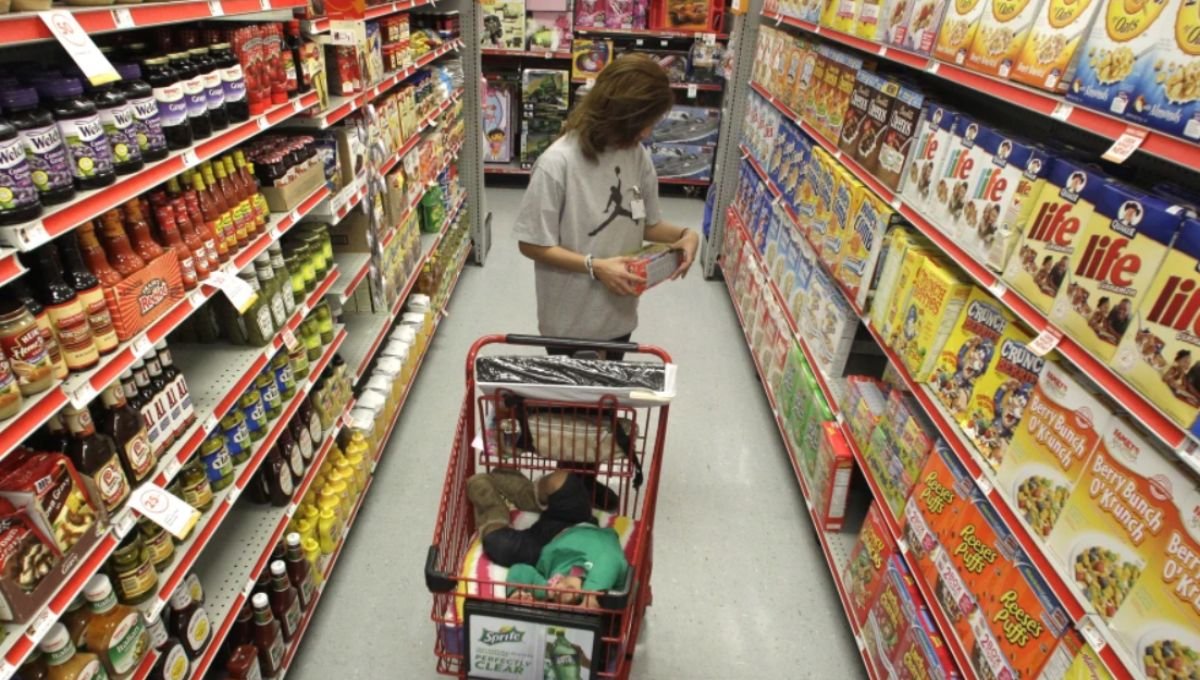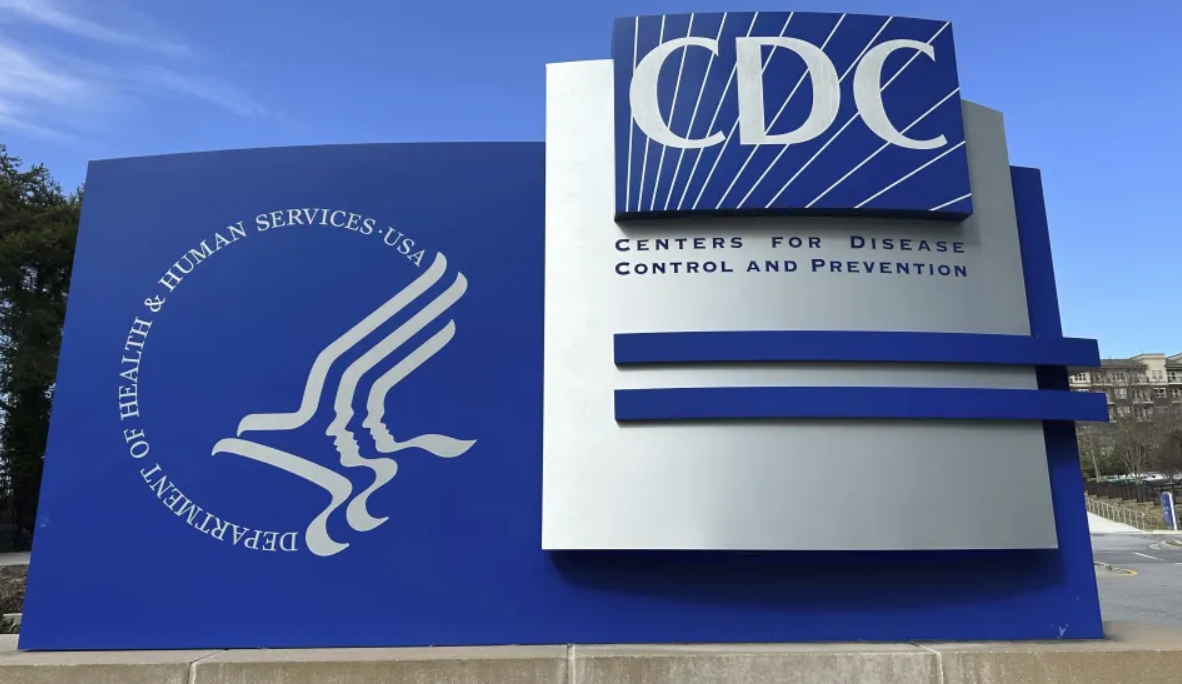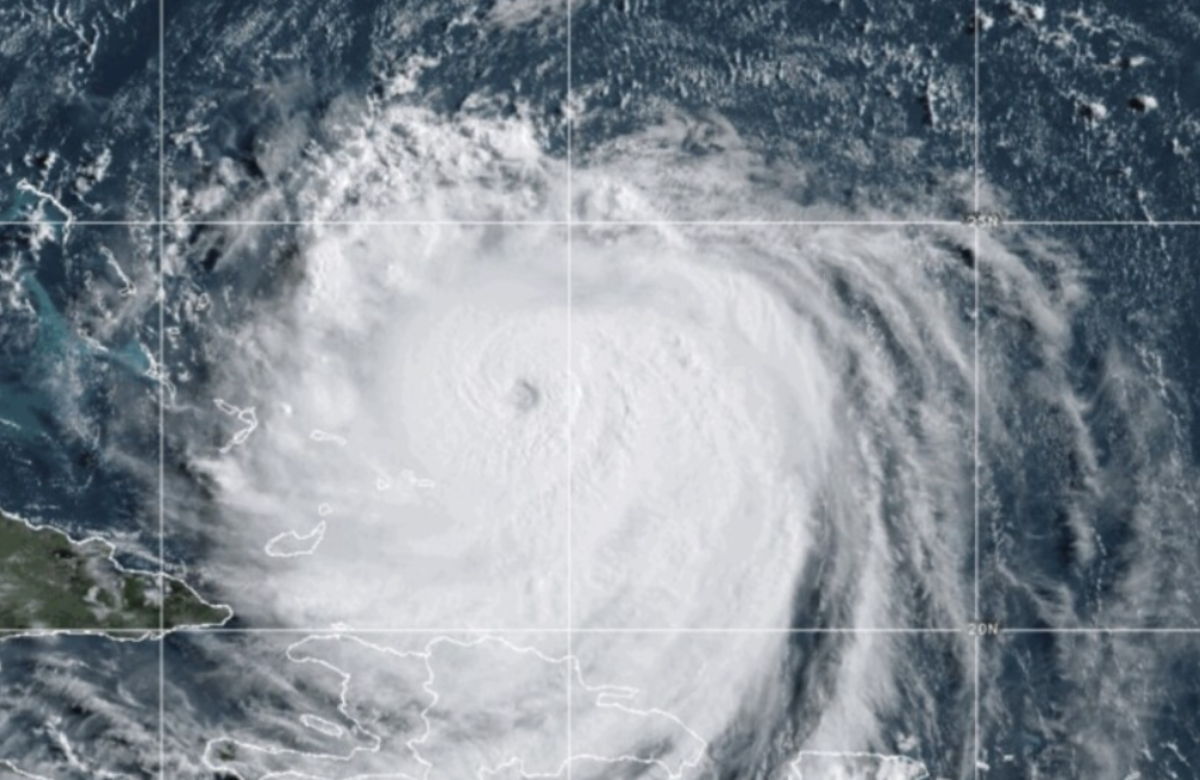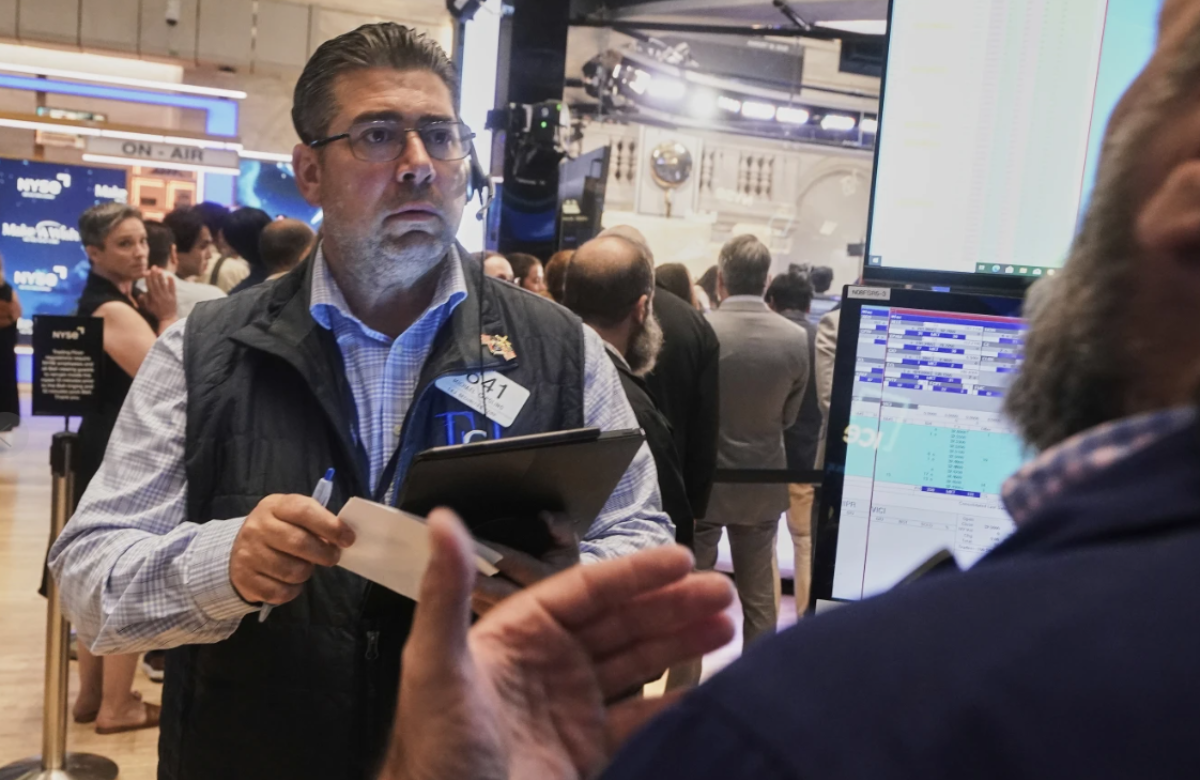Dairy cattle in Nevada have been infected with a new strain of bird flu, which is different from the version that has been spreading in U.S. herds since last year, according to officials from the Agriculture Department. This new detection suggests that different strains of the H5N1 virus have transferred from wild birds to cattle on at least two occasions, raising concerns about the virus’s potential spread and the challenges of controlling infections in animals and humans who work with them.
Richard Webby, an influenza expert at St. Jude Children’s Research Hospital, commented that while bird-to-cow transmission was once thought to be rare, it might not be as uncommon as previously believed. The first strain, identified as B3.13, was confirmed in March after infecting cattle in late 2023 and has affected over 950 herds in 16 states. The new strain, D1.1, was detected in Nevada dairy cattle on Friday during a milk surveillance program that started in December.
Angela Rasmussen, a virus expert at the University of Saskatchewan in Canada who helped identify the first spillover, emphasized the importance of ongoing testing. “Now we understand why it’s crucial to continue testing regularly,” she said.
The D1.1 strain of the virus is linked to the first U.S. death from bird flu, as well as a severe case in Canada. In January, a person in Louisiana died after developing severe respiratory symptoms following exposure to wild and backyard birds. Meanwhile, in British Columbia, a teenage girl was hospitalized for several months due to a virus traced to poultry.
According to the U.S. Centers for Disease Control and Prevention, at least 67 people in the U.S. have been infected with bird flu, most of them workers who have close contact with dairy cattle or livestock.
USDA officials announced they will upload genetic data and other details about the new virus strain to a public database later this week. This information is expected to help scientists determine whether the spillover is a recent event or if the virus has been circulating for a longer period.
Michael Worobey, an evolutionary biologist at the University of Arizona, emphasized the importance of timely detection, noting that if the virus had crossed into cattle months ago, it would be concerning that it went unnoticed for such a long period. He stressed the need for federal authorities to quickly share information about the virus, as it has the potential to cause a pandemic far worse than COVID-19. Worobey highlighted that monitoring and responding to such outbreaks is crucial for national and global security, as well as the health of people, animals, and businesses.
